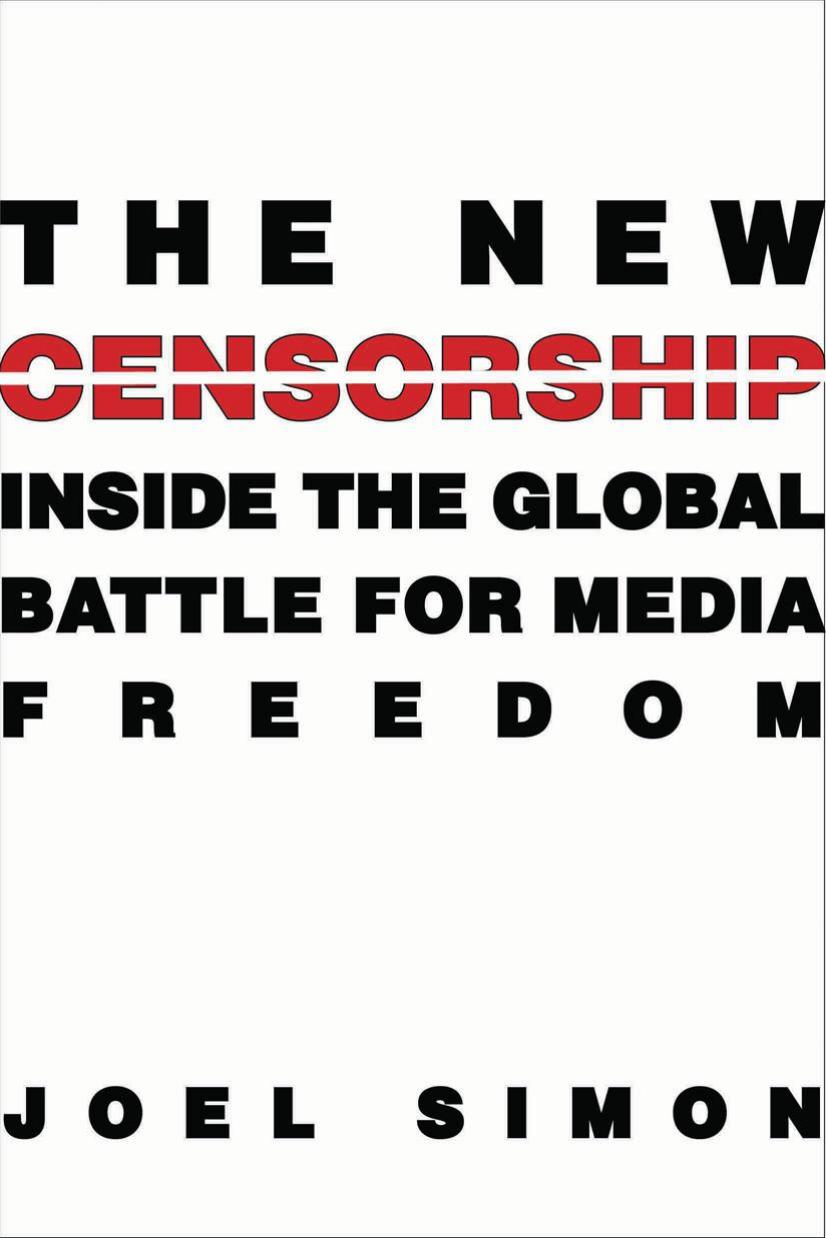The New Censorship: Inside the Global Battle for Media Freedom by Joel Simon

Author:Joel Simon
Language: eng
Format: mobi, epub, pdf
Tags: Language Arts & Disciplines, Industries, Social Science, LAN008000, SOC052000, Journalism, Media & Communications, Media Studies, BUSINESS and ECONOMICS / Industries / Media and Communications Industries, Business & Economics, LANGUAGE ARTS and DISCIPLINES / Journalism
ISBN: 9780231538336
Publisher: Columbia University Press
Published: 2014-11-11T17:54:05+00:00
SEVEN
Murder Central
On July 17, 2013, the UN Security Council met to discuss the “protection of journalists in armed conflict” and, for the first time in its history, invited journalists themselves to provide testimony. Among those who spoke was Mustafa Haji Abdinur, a reporter from Somalia. “They call me a dead man walking,” he told the council’s members. “Day after day, I tell stories to the world of the people of Somalia, the troubles they face and their hopes for the future. But today I sit here having carried with me the stories of my comrades and colleagues, my fellow journalists who paid the ultimate price for reporting from those same streets.”1
Somalia is one of the most deadly countries for the media in the entire world, with fifty-one journalists killed since 1992, including a dozen in 2012. Haji’s cell phone is filled with the numbers of murdered colleagues. He refuses to delete them. “In such a terrible situation, it is fair to ask: ‘Why become a journalist?’” he continued. “There is no doubt that without a free press there can be no freedom for a country. I tell the council that we have a higher objective for good and that by doing our jobs we feel that we are saving lives.”
Country after country—including representatives from Pakistan and Colombia, both places where journalists have faced systematic violence—pledged to defend press freedom and to combat impunity. “It is clear that all attacks on journalists are unacceptable,” said the Russian ambassador, Vitaly Churkin. Member states also expressed their support for the “UN Plan of Action on the Safety of Journalists and the Issue of Impunity,” a global strategy to reduce violence against the press.2 The plan is being tested in several key countries, including Iraq, Nepal, South Sudan, and Pakistan, where a March 2013 conference brought together press groups, international donors, human rights organizations, and UN officials.
The UN Security Council session was a milestone. It demonstrated that the world had taken notice of the threat posed by the unchecked killings of journalists and had recognized the link between the ongoing violence and the failure to achieve justice. The murder of journalists represents a threat to global peace and security because it suppresses the flow of information from countries undergoing conflict. As Haji told the council, “When a journalist is killed, the news dies too. A whole society can be forgotten simply because there is no one left to tell its stories.”
The UN action was also a victory for journalists and press freedom advocates around the world, who for years had pushed for greater international attention to stem the tide of violence. Murder, after all, is the ultimate form of censorship. Killing journalists not only suppresses coverage; it produces fear and self-censorship, which ripple through the press corps. Statistics compiled by press freedom organizations including CPJ suggest that the number of journalists murdered has skyrocketed in recent years.3 Murders in conflict zones carried out by terror groups are one reason, and those causes and consequences were discussed in chapter 3.
Download
The New Censorship: Inside the Global Battle for Media Freedom by Joel Simon.epub
The New Censorship: Inside the Global Battle for Media Freedom by Joel Simon.pdf
This site does not store any files on its server. We only index and link to content provided by other sites. Please contact the content providers to delete copyright contents if any and email us, we'll remove relevant links or contents immediately.
Nudge - Improving Decisions about Health, Wealth, and Happiness by Thaler Sunstein(6633)
Deep Work by Cal Newport(5465)
Principles: Life and Work by Ray Dalio(5322)
The Doodle Revolution by Sunni Brown(4043)
Factfulness: Ten Reasons We're Wrong About the World – and Why Things Are Better Than You Think by Hans Rosling(4022)
Thinking in Bets by Annie Duke(3531)
Eat That Frog! by Brian Tracy(3514)
Writing Your Dissertation in Fifteen Minutes a Day by Joan Bolker(3299)
Visual Intelligence by Amy E. Herman(3281)
Hyperfocus by Chris Bailey(3270)
How to win friends and influence people by Dale Carnegie(2826)
How to Win Friends and Influence People in the Digital Age by Dale Carnegie & Associates(2822)
Schaum's Quick Guide to Writing Great Short Stories by Margaret Lucke(2804)
Hidden Persuasion: 33 psychological influence techniques in advertising by Marc Andrews & Matthijs van Leeuwen & Rick van Baaren(2778)
The Pixar Touch by David A. Price(2740)
Ogilvy on Advertising by David Ogilvy(2682)
The Slow Fix: Solve Problems, Work Smarter, and Live Better In a World Addicted to Speed by Carl Honore(2574)
Work Clean by Dan Charnas(2562)
The Content Trap by Bharat Anand(2493)
